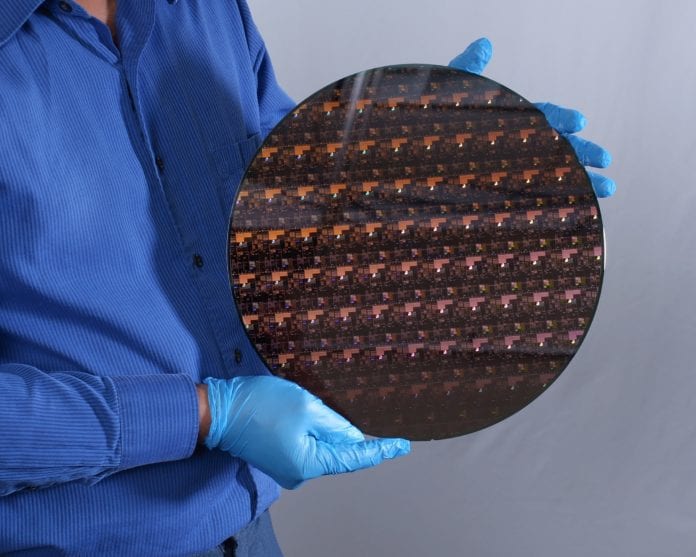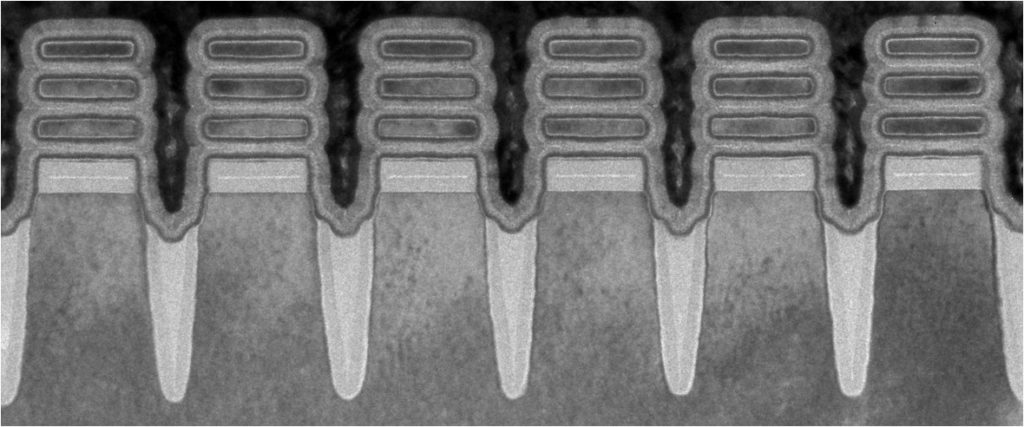
It’s rare to see IBM making headlines in the consumer electronics department, but today it’s for good reason. IBM has taken off the veil over the world’s first 2nm chipset. While the world has just settled on the new 5nm chipsets, let’s find out what the 2nm beast can deliver.
45% More Performance + 75% More Efficiency
While we have seen the latest chipsets from Apple and Qualcomm making the rounds on the internet after being designed around the 5nm process, the world still relies heavily on 10nm computer SoCs and 7nm mobile SoCs. The new 2nm chipsets have taken things to another level, which makes the future only look more interesting.

When compared to 7nm chipsets, this new 2nm chip from IBM packs in lot more transistors thus delivering huge performance gains. With the claimed improvement of 45% in performance and up to 75% less power consumption, these can have huge positive implications on consumer electronics, if and when this goes into production.
2nm Magic
AnandTech has reported that the 2nm chip can have 333 million transistors per square millimetre (MTr/mm2), which means there can up to 50 billion transistors in a chip-sized as much as a fingernail. If we compare it to TSMC’s 5nm chip and Samsung’s 5nm chip they can fit only about 173 MTr/mm2 and 127 MTr/mm2 respectively.
Also Read: iPad Pro is Now a Computer Thanks to the M1 Chip
With all the anticipation behind the 2nm chipset, a reality check however shows us that we are still a long way from production. IBM’s 2nm chip is right now treading experimental grounds. TSMC plans to start manufacturing 4nm chipsets by the end of 2021 and hitting mass production by 2022. Even the 3nm chipsets are due earliest in the second half of 2022.


My brother recommended I might like this blog. He used to be totally right. This put up actually made my day. You can’t imagine simply how much time I had spent for this info! Thanks!nytimes